Sustainable living has become an increasingly important focus in today’s world, with individuals and communities alike seeking ways to reduce their carbon footprints. When it comes to building or renovating homes, sustainable practices and energy-efficient design have taken center stage. In response to this growth, several organizations offer certification programs to measure sustainability and push people to achieve more. But with numerous certifications and standards available, navigating the realm of sustainable building can be overwhelming.
Luckily, this Redfin article has everything you need to know. Learn what these programs are all about, and which one is right for your home. Whether you live in a house in Wilmington, NC, or are building a new home in Tampa, FL, read on to learn about the different certifications and requirements, so you can make informed decisions and choose the right path towards a greener home.
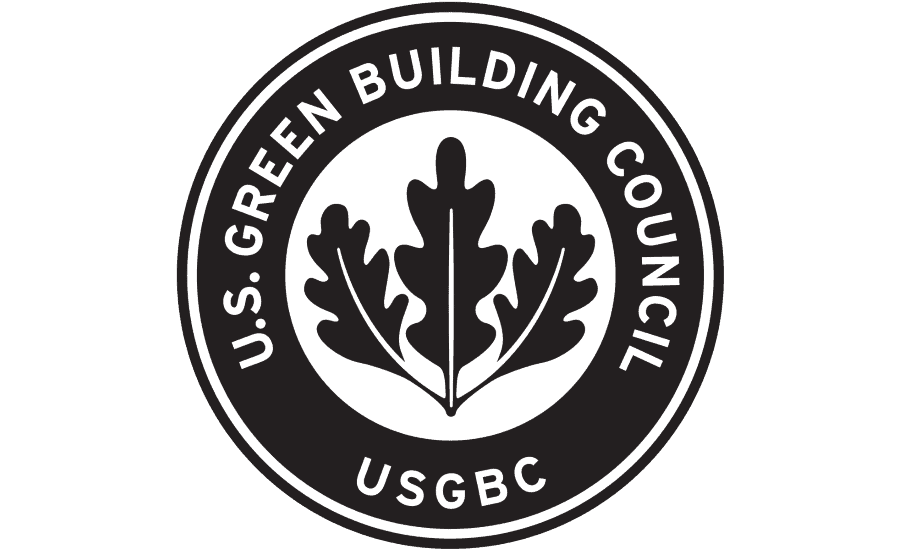
LEED (Leadership in Energy and Environmental Design)
- Focus areas: Whole building efficiency, including water, energy, materials, and air quality.
- Property types: Commercial, residential, and public properties, and communities and cities.
- Benefits for homeowners: Pairs well with other certification programs and has a wide range of certification levels.
- Downsides: May not go far enough to reduce your carbon footprint.
- Cost: $225 + additional fees. Pricing is reduced for members.
Established by the U.S. Green Building Council (USGBC) in 1993, LEED is arguably the most widely recognized green building certification system. LEED provides a framework for healthy, highly efficient, and cost-saving green buildings. It offers certification across a spectrum of building types and focuses on several key areas: sustainable sites, water efficiency, energy and atmosphere, materials and resources, indoor environmental quality, innovation, and regional priority.
The four LEED certification levels include Certified, Silver, Gold, and Platinum, which correspond to the number of points a project earns across these categories. Buildings receive annual audits to ensure they continue meeting necessary standards.
For more details, read our definitive guide: What Is LEED Certification? Tips for Homeowners
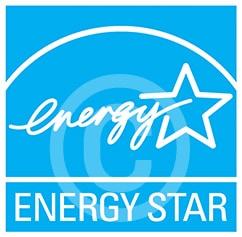
Renovating your home?
Find out what your home's worth, edit facts, and see the impact of home projects.
ENERGY STAR
Renovating your home?
- Focus areas: Energy efficiency.
- Property types: Products; commercial, residential, and public properties.
- Benefits for homeowners: ENERGY STAR buildings require 15% less energy than standard buildings, meaning you’ll save money over the long run.
- Downsides: ENERGY STAR is a fairly basic certification that only applies to energy use. This is best paired with other certifications.
- Cost: $0-$1,500
The ENERGY STAR certification is a joint program of the U.S. Environmental Protection Agency (EPA) and the U.S. Department of Energy. It aims to help businesses and individuals save money and protect the environment through superior energy efficiency. Most people associate ENERGY STAR with efficient appliances, but it also applies to buildings and houses.
Buildings that earn the ENERGY STAR label have to meet strict guidelines for energy efficiency, typically making them at least 15% more energy-efficient than standard buildings. Apart from energy efficiency, ENERGY STAR also provides tools and resources for improving water efficiency.
For more details, read our definitive guide: ENERGY STAR Certification: What Homeowners Need to Know
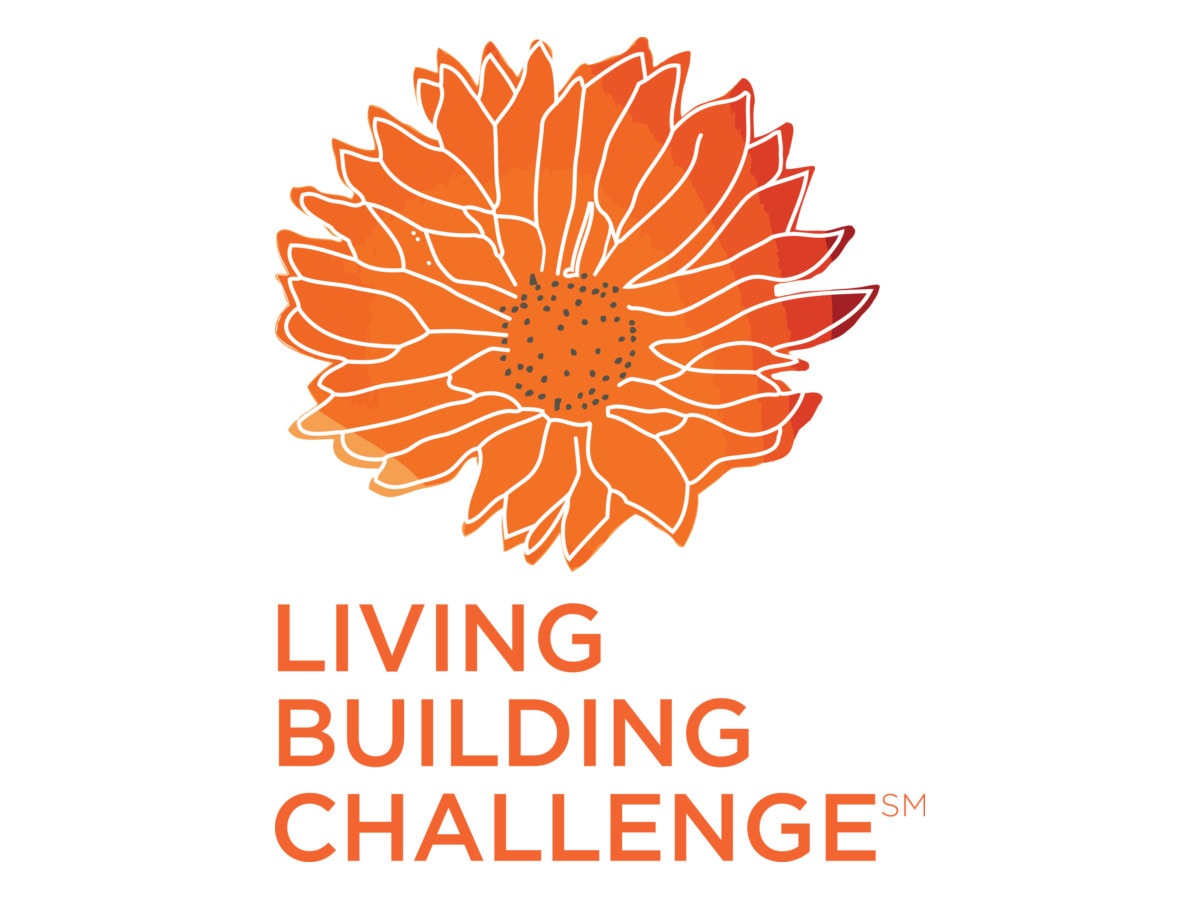
Living Building Challenge
- Focus areas: Complete building and property sustainability and regeneration.
- Property types: Commercial, residential, and public buildings and properties, and neighborhoods and cities.
- Benefits for homeowners: The LBC provides the most comprehensive certification, so you can be confident your home is actively restoring the environment. Living Building Certification also applies to an entire property, while most others only apply to just the building.
- Downsides: It is extremely difficult and time-consuming to fulfill every requirement, and can be expensive.
- Cost: $50-$250
The Living Building Challenge (LBC), administered by the International Living Future Institute, is likely the most rigorous and comprehensive green building certification in the world. It uses a regenerative design framework that requires projects to operate positively instead of just passively.
The LBC comprises seven performance categories, or “Petals”: Place, Water, Energy, Health & Happiness, Materials, Equity, and Beauty. To be certified, a project must meet a series of ambitious performance requirements over a minimum of twelve months of continuous occupancy. Because of its difficulty, only four residential properties have received full certification. However, the LBC offers other certifications, including Petal certification and net-zero building certification.
For more details, read our definitive guide: Living Building Challenge Certification for Homeowners: Pros and Cons
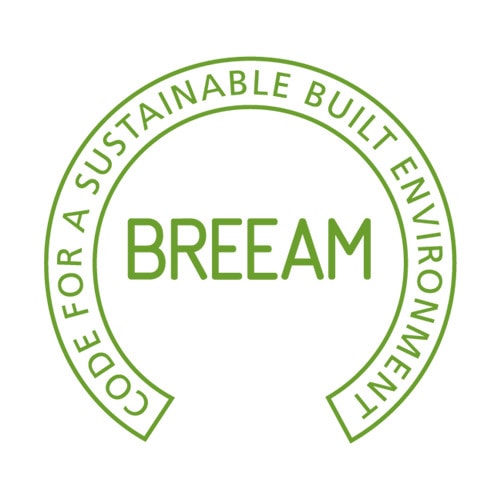
BREEAM (Building Research Establishment Environmental Assessment Method)
- Focus areas: Whole property sustainability, including where materials come from and how much your home contributes to pollution.
- Property types: Commercial, residential, and public buildings and properties.
- Benefits for homeowners: Accessible worldwide.
- Downsides: Not as comprehensive or flexible as some other programs.
- Cost: Depends on the size and scope of the project. Assessors are also paid separately.
Established in the UK in 1990, BREEAM is the world’s longest-running method of assessing, rating, and certifying buildings. BREEAM encourages designers, clients, and others to think about low-carbon and low-impact design, minimizing the energy demands created by a building before considering energy efficiency and low carbon technologies. BREEAM is comprehensive and also focuses on where products come from and who makes them.

Earth Advantage
- Focus areas: Residential and low-income homes, and providing green home data for the general public through the Green Building Registry.
- Property types: Residential buildings.
- Benefits for homeowners: Extremely affordable and promotes sustainability in low-income developments.
- Downsides: Not as comprehensive as other certifications.
- Cost: $0
The Earth Advantage Certification focuses on promoting sustainable building practices that improve the environment and society by creating better model codes, building standards, and certification systems. It certifies residential buildings, including single-family and multifamily, using different rating systems for both. Earth Advantage can also certify projects for LEED.
In general, Earth Advantage buildings are healthier, more energy-efficient, and offer a lower cost of ownership over the lifetime of the building. To receive certification, a home must meet stringent criteria across five categories: energy, health, land, materials, and water.

SITES (The Sustainable Sites Initiative)
- Focus areas: Planning, design, construction, and management of landscapes and other outdoor spaces. SITES does not verify buildings except in specific circumstances.
- Property types: Commercial, residential, and public outdoor spaces.
- Benefits for homeowners: Promotes sustainable landscaping and healthy outdoor living.
- Downsides: Expensive and only applies to landscaping and outdoor areas. Best for large properties or paired with other certifications.
- Cost: $6,500-$9,500 (less expensive for members).
SITES is a sustainability-focused framework that ushers landscape architects, engineers, and others toward practices that protect ecosystems and enhance the benefits of ecosystem services. Landscape architects, designers, engineers, architects, developers, policy-makers, and others use SITES to align land development and management with innovative sustainable design.
SITES also partners with LEED to create complementary rating systems that you can use independently or in tandem. LEED applies to your project building and the site it is located on, and SITES applies to everything on your site, except your building (with a few exceptions).
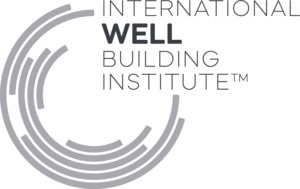
WELL Building Standard
- Focus areas: Relationship between sustainability and human health, primarily in new construction.
- Property types: Primarily commercial new construction, but offers residential as well.
- Benefits for homeowners: WELL buildings are healthier for you and your family than many other certifications.
- Downsides: It can be time-consuming or prohibitively expensive to incorporate WELL standards into an older building.
- Cost: $2,500 for registration + $0.16 per square foot of property.
The WELL Building Standard, founded by the International WELL Building Institute, focuses on building features that affect people’s health and well-being. Areas of concern include air, water, nourishment, light, movement, thermal comfort, sound, materials, mind, community, and innovation. The WELL Building Standard is the first standard to integrate human health and wellness into building certification.
WELL also partners with LEED to create a streamlined process for getting dual certification.
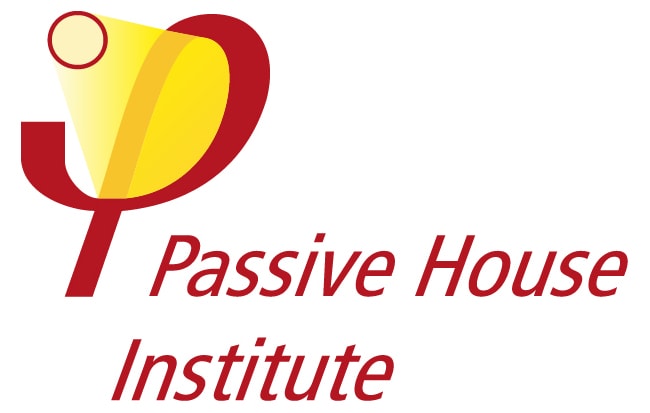
Passive House (Passivhaus)
- Focus areas: Reducing energy use in buildings.
- Property types: Commercial, residential, and public.
- Benefits for homeowners: Significantly reduced energy bills and comfortable indoor temperatures year-round.
- Downsides: Focuses entirely on energy use and is extremely rigid.
- Cost: Determined by the examiner and varies widely depending on the square footage of the building.
The Passive House Institute (PHI) based in Germany developed this certification system. Buildings that are certified as a Passive House must meet strict energy usage requirements, focusing on high-level thermal insulation, stringent airtightness, and maximum energy gains from the sun. The result is a building that uses significantly less energy for heating and cooling than traditional buildings, often reducing the energy needed by up to 90%.
Looking to save money on your mortgage?
Final thoughts
There are hundreds of other certification programs that focus on specific aspects of a building, such as water management and light pollution. Some are also catered to specific regions. If you’re looking to certify your home, do your research and establish a budget for membership, applications, and certifications, as well as design, planning, and maintenance. Additionally, you can hire a 3rd-party to certify your home, although that may cost more.
Working towards a certified sustainable home is important and beneficial, but it can be cost-prohibitive. If you don’t have the budget for certification, read about a program’s requirements and try to incorporate them into your project; you don’t need to certify your home to make it more sustainable or even regenerative. No matter what you choose, incorporating sustainable practices into your lifestyle can help reduce your carbon footprint and contribute to a greener future.


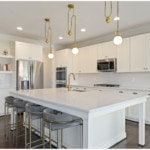

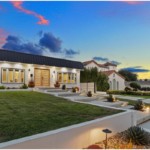
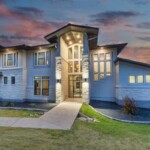



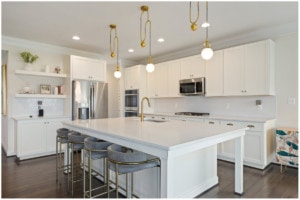

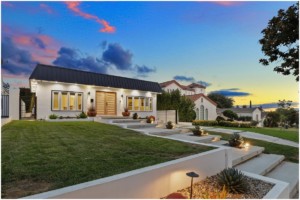
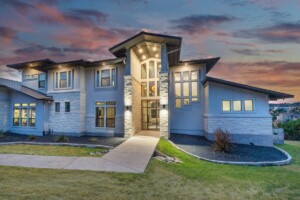




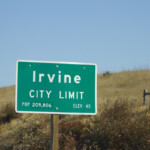


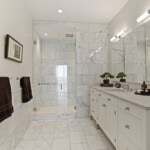






 United States
United States Canada
Canada